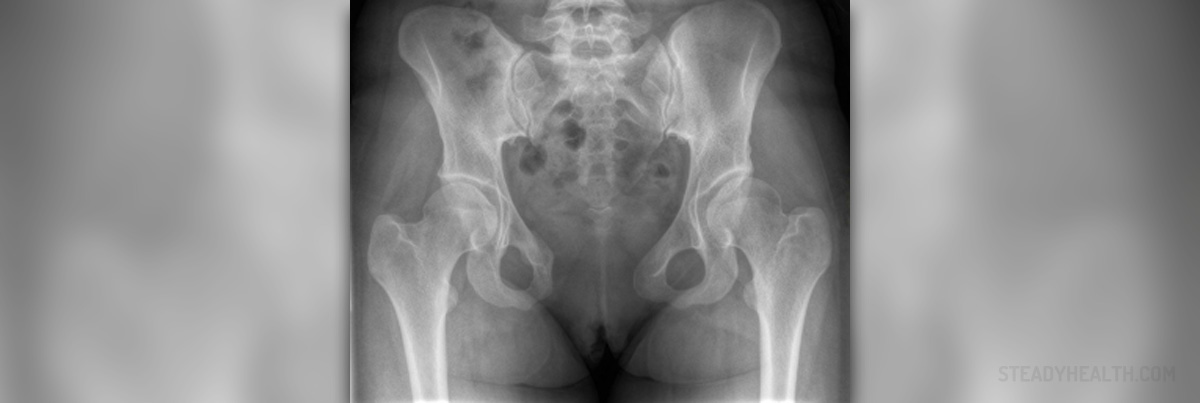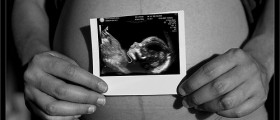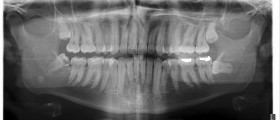
SPD symptoms
Women who suffer from Symphysis pubis dysfunction (around one in 35 of all pregnant women) will notice pain at the front of the pelvis. If you touch the spot while sedentary, it is likely to get worse. And physical activities involving the lower half of the body are sure to aggravate your discomfort. You can encounter this as early as the first trimester, but many notice it later on in pregnancy or even after giving birth. Don't let your healthcare provider dismiss your symptoms as normal pregnancy aches and pains, and request testing.
Diagnosis and treatment
Ultrasounds are the technology of choice for pregnant women who are suspected of suffering from SPD. MRI scans or pelvic X-rays are other possibilities, but not for pregnant women. While there is no cure for SPD, and you will notice that only time can solve the problem, there are many treatment options that aim to minimize the symptoms of this condition. Your doctor will probably tell you to try and prevent pelvic movement as much as possible, and you could see a physiotherapist for suggestions on how to achieve this. Painkillers can be offered in some cases, and support belts are also suggested by some healthcare providers. Having SPD does not mean you can't have a vaginal birth, though you should discuss pain relief options and birth positions (like all fours) with your birth attendant in advance.
- www.nhs.uk/conditions/pregnancy-and-baby/pelvic-pain-pregnant-spd/
- www.cdc.gov/nchs/data/dvs/2emanual.pdf
- Photo courtesy of Nevit Dilmen by Wikimedia Commons: en.wikipedia.org/wiki/Diastasis_symphysis_pubis#/media/File:Diastasis_symphysis_pubis_nevit.jpg
















-During-Pregnancy_f_280x120.jpg)
Your thoughts on this
Loading...